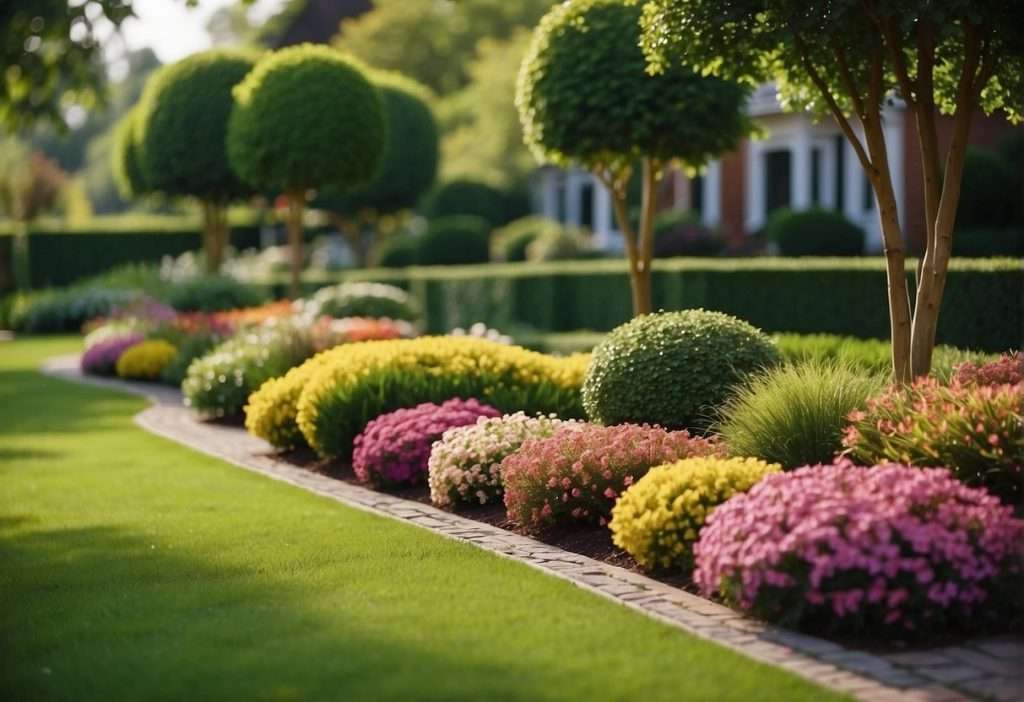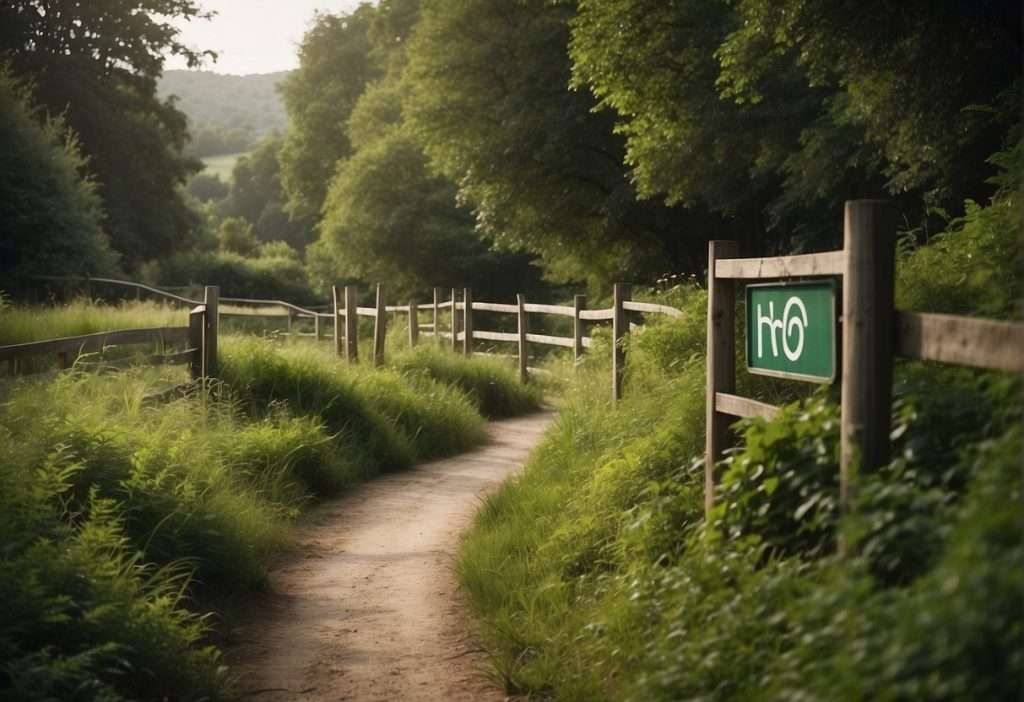Landscaping can make a dramatic difference to the aesthetic appeal and functionality of your property, but you may have noticed that it comes with significant costs. The reasons for these expenses relate to a mix of factors including labor, materials, design, and maintenance requirements. When each of these components is taken into account, the overall price tag can escalate quickly.
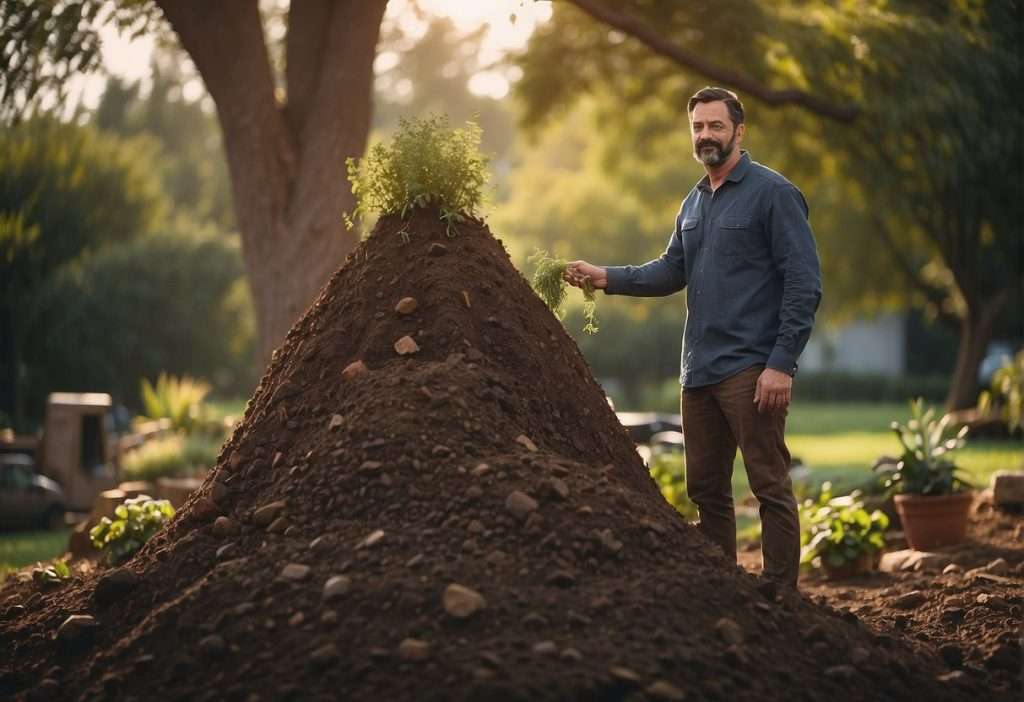
The time invested by skilled professionals to plan, design, and execute a landscaping project is one of the primary cost drivers. Your project might require the expertise of designers, horticulturists, and construction workers, each of whom brings valuable skills to the table. Labor is priced not only on the time spent on site but also the expertise and experience offered.
Additionally, the cost of high-quality materials and plants, as well as specialized machinery needed for installation, contributes to the overall expense. Quality materials last longer and can provide better aesthetics and functionality, potentially reducing long-term costs. However, this initial outlay can be more than you might anticipate, reflecting in the final amount you pay for your landscaping project.
Understanding Landscaping Costs
Landscaping costs can vary widely based on several factors that contribute to the overall expense. It is important for you to consider the materials, labor, and design aspects, as these will impact the cost significantly.
Components of Landscaping Cost
The cost of landscaping is often broken down into three main components: materials, labor, and design. Materials include plants, soil, mulch, stones, and decorative elements. Each material comes with its own price point, often influenced by quality and availability. Labor involves the work performed by skilled professionals to prepare the land, plant, construct, and maintain your garden. This is typically billed hourly or as a flat rate. Design encompasses the costs associated with crafting a cohesive and functional landscape plan, possibly requiring a professional designer or architect.
Size and Scope of Project
Your project’s size and scope have a direct impact on the cost. A larger area or a more complex design demands more resources, including greater quantities of materials and more extensive labor.
- Small projects: less materials and labor, thus lower costs.
- Large projects: more materials and labor, resulting in higher costs.
The intricacy of your design can also increase the cost, particularly if it involves custom features or unique plant species.
Time and Effort Required
The time and effort required to execute a landscaping project also contribute to the overall costs. Landscaping is labor-intensive and can take several days or even months to complete, depending on the project’s complexity and size. Additionally, the expertise of the professionals you hire will affect labor costs.
- Experienced landscapers may be more efficient but charge higher rates due to their expertise.
- Project duration: Longer projects incur higher labor costs over time.
Your understanding of these specific aspects will help you navigate the expenses associated with your landscaping project more effectively.
Materials and Resources
Landscaping requires a significant investment in various materials and resources. These range from basic elements such as soil and lumber to decorative features such as rocks and plants. The costs can be substantial as the price of these materials often reflects their quality, availability, and the complexities involved in sourcing and transportation.
Choosing Quality Materials
When selecting materials for your landscaping project, you’re faced with the decision between cost-effectiveness and longevity. High-quality materials, like premium mulch, compost, and sturdy lumber, may carry a higher upfront cost but can save you money in the long run due to their durability and superior performance. For instance, choosing higher-grade mulch or compost not only nourishes your plants better but also lasts longer before needing replacement.
- Premium Mulch – More expensive, but provides better soil protection and nutrient content.
- Quality Lumber – Costs more upfront, however, it’s more resistant to decay and wear.
Plants and Trees Selection
Your plant selection directly influences the aesthetics and the ecological balance of your space. Opting for native plants can reduce maintenance costs as they are better adapted to local conditions. However, exotic or speciality species can significantly increase your expense. Additionally, mature trees and plants offer instant impact but come at a higher cost compared to younger ones.
- Native Plants:
- More affordable long-term, requiring less water and fewer pesticides.
- They support local wildlife and ecosystems.
- Exotic Plants:
- Higher costs due to specialized care needs.
- Can incur additional expenses for protection against local pests and weather.
Importance of Durable Tools
Investing in high-quality tools is essential for efficient and effective landscaping work. Durable tools may have a higher initial cost but are generally more cost-effective over time. This is because they withstand wear and tear better, reducing the need for frequent replacements.
- Shovels: Durable models with strong handles and spades can move materials like sand and rocks more effectively.
- Pruners: High-quality pruners ensure clean cuts for plants, promoting healthy growth and minimizing damage.
Labor and Expertise
The cost of landscaping is significantly influenced by the labor involved and the expertise required to execute a design to perfection. Professionals bring a wealth of knowledge and skills to ensure your outdoor space is functional, aesthetically pleasing, and sustainable.
Calculating Labor Costs
Labor cost is a crucial component of your landscaping project. It includes the number of hours contractors and workers spend planning, designing, and executing a project. To calculate labor costs, consider:
- Hourly Wages: Professionals charge by the hour. The rate varies based on skill level, experience, and regional standards.
- Project Duration: The time to complete the project influences total labor cost. Larger or more complex projects will require more hours.
- Number of Workers: Complex jobs need more hands. Multiplying the hourly rate by the number of workers gives you part of the overall labor cost.
To understand labor costs, here’s a simplified example:
| Worker Type | Hourly Rate | Hours Projected | Workers Needed | Total Cost per Worker Type |
|---|---|---|---|---|
| Landscape Laborer | $15/hr | 50 | 4 | $3,000 |
| Landscape Designer | $30/hr | 25 | 1 | $750 |
| Total | $3,750 |
Value of Professional Services
Professional services in landscaping offer more than manual labor; they provide expertise gained from years of experience and education. A professional service could involve:
- Landscape Designer: These experts turn your vision into an actionable plan, ensuring your investment looks good and is ecologically responsible.
- Landscape Architect: For large or complex projects, an architect creates a comprehensive design, factoring in terrain, water management, and sustainability.
- Contractors: They oversee the actual implementation of the design, ensuring that the plan is followed precisely.
Landscaping services may seem costly, but they also ensure that your property is enhanced in a way that adds value and longevity. From proper soil preparation to choosing the right plants, professionals make sure every detail is accounted for.
Project Considerations

When it comes to landscaping, several factors significantly influence the cost and complexity of your project. Understanding these considerations can better prepare you for the investment required to transform your outdoor space.
Design Complexity and Customization
Size Matters: The larger your property or yard size, the more materials and labor will be required. Customized designs tailored to the unique characteristics of your property often result in additional expenses.
- Unique Attributes: If you opt for specialized features, such as intricate walkways or landscape curbing, expect to invest more in your project. Custom hardscape elements like retaining walls can also elevate property value but add to the cost.
Impact of Property Characteristics
- Terrain and Accessibility: The slope of your lawn and the accessibility of your terrain play a crucial role. Properties on uneven ground might necessitate extra work like grading or the construction of retaining walls to ensure stability.
- Location Specifics: Costs may vary by location due to differences in material availability and the local labor market. For instance, in areas where xeriscaping is prevalent due to water scarcity, prices may reflect the unique landscaping practices and materials.
Hardscaping vs. Softscaping
- Hardscape Investments: Hardscaping involves permanent fixtures like patios, walkways, and retaining walls. These elements often require more substantial investment upfront but can enhance your property’s value and usability.
- Softscape Costs: Softscaping includes the installation and maintenance of grass, plants, and trees. While generally less expensive than hardscaping, the size of your lawn and the choice of plantings can impact your investment.
Tables indicating average costs for various hardscape and softscape elements broken down by material type and size could be provided here for reference.
Additional Features

When considering landscaping, additional features can significantly impact the budget due to the complexity and materials involved.
Cost of Special Additions
Outdoor Kitchens: An outdoor kitchen goes beyond the typical barbecue grill. Constructing this feature involves plumbing for a sink, electrical wiring for appliances, and high-quality materials that withstand the elements. Expect costs to range according to the design complexity and appliances’ quality.
Swimming Pool and Spa: Installing a pool or spa can be a major landscaping expense. Excavation, pool materials, installation, and the necessary equipment for maintenance contribute to the overall cost. In areas prone to erosion, special considerations for secure installation can also increase expenses.
Fire Pits: While simpler than kitchens or pools, fire pits still require proper materials, adherence to safety regulations, and possibly gas lines if you opt for a gas-fired pit. Costs will depend on the fire pit’s size and the materials used.
Benefits of Extra Amenities
Enhanced Access and Enjoyment: Features like pools and outdoor kitchens significantly upgrade your ability to entertain and enjoy your outdoor space. Pools provide a refreshing escape during hot weather, while fire pits extend the usability of your gardens into cooler evenings.
Increased Property Value: Quality installations of pools, spas, or outdoor kitchens can add to your property’s appeal and market value. However, this is contingent on professional execution and proper maintenance.
Outdoor Furniture: Comfortable and durable outdoor furniture complements your space and is essential for fully enjoying the amenities. Although high-quality furniture comes with a higher price tag, it generally offers better longevity and style.
Maintenance and Upkeep
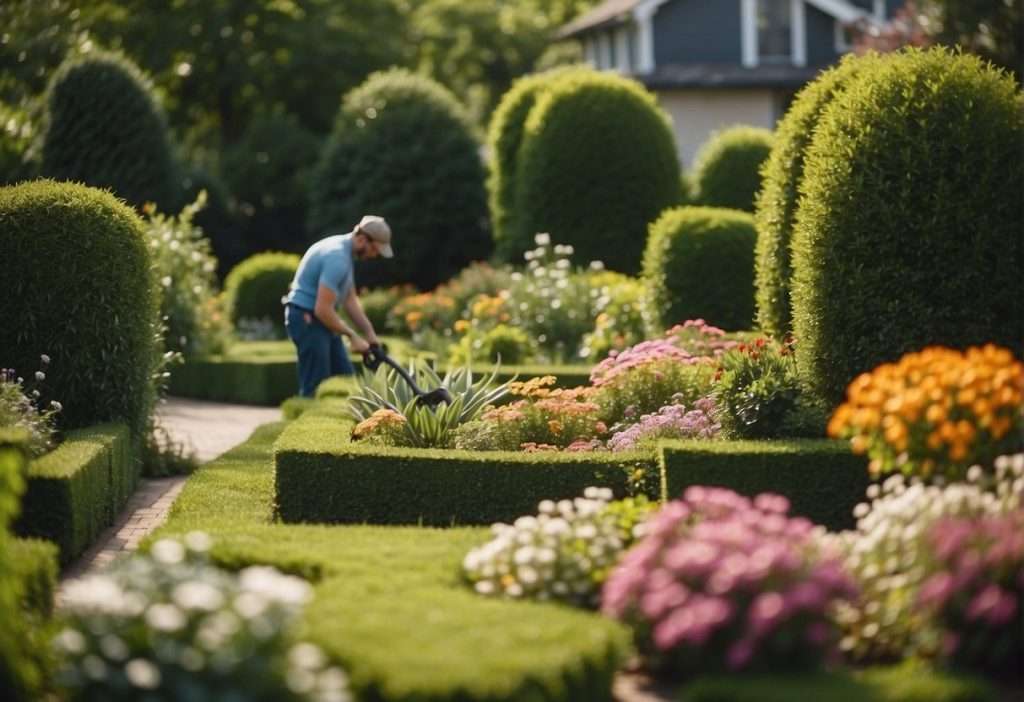
Landscaping is not a one-time affair; your yard requires recurrent attention to stay pristine. Regular maintenance ensures the health and aesthetics of your outdoor space.
Ongoing Maintenance Expenses
When you invest in landscaping, you’re committing to ongoing maintenance expenses. Critical tasks such as weeding, mulching, and cleaning are necessary to maintain the integrity of your landscape. Aeration and fertilization are also vital for the health of your soil and plants. Below is a breakdown of typical maintenance tasks and their general costs:
- Weeding: Essential for preventing invasive plants, costing between $25 to $50 per hour.
- Mulching: Must be refreshed annually, with costs averaging $100 to $300 per delivery.
- Aeration: Typically done once a year, costing around $100 to $200 per service.
- Fertilization: Ranges from $50 to $200 per application, depending on yard size.
DIY vs. Professional Maintenance
The choice between DIY and hiring professionals affects both cost and quality of landscape maintenance. Here’s a comparison to consider:
- DIY:
- Cost: generally lower, as you save on labor costs.
- Time and Effort: requires your personal time and physical labor.
- Skill: may not match the expertise of professionals, potentially affecting results.
- Professional Maintenance:
- Cost: higher due to labor and expertise provided.
- Convenience: saves you time and effort.
- Quality: likely higher due to specialized tools and knowledge.
Remember, while DIY can save homeowners money, it requires significant time and knowledge. Professional maintenance ensures your landscape remains in top condition with regular watering, management of grass clippings, and appropriate care techniques, but it comes at a premium.
Accessibility and Logistics
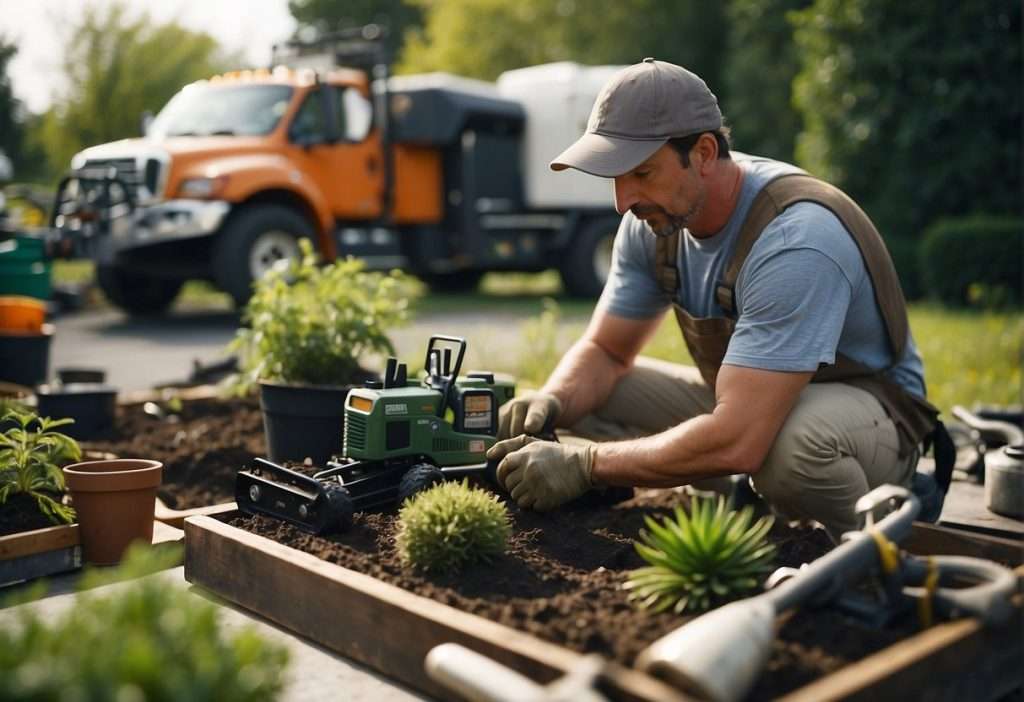
Landscaping can be costly due to the complexities of accessing work sites and the necessity for specialized transportation and delivery methods for materials and machinery.
Accessing the Work Site
When starting a landscaping project, the accessibility of your property plays a significant role in determining the overall cost. Restricted access to your work site could require additional labor to manually transport materials, leading to higher expenses. For instance, if your yard lacks direct access for larger machinery, such as excavators or bobcats, landscapers must resort to smaller equipment or manual methods, which are more time-consuming and labor-intensive. Consider the following factors:
- Site Location: Urban sites with alleyways or rural areas with narrow roads.
- Site Terrain: Hilly, rocky, or uneven landscapes that challenge the transport of heavy machinery.
- Adjacent Structures: Nearby buildings or fences that may limit the entry of large equipment.
Transportation and Delivery
Transporting materials and machinery is an inevitable part of landscaping that can drive up costs considerably. The distance between suppliers and your property, as well as the weight and volume of the materials, dictate transportation costs. For oversized loads, special vehicles or permits might be required, adding to the expense. Here’s what affects transportation and delivery fees:
- Distance: Longer distances from suppliers increase fuel and time costs.
- Material Weight/Volume:
- Bulkier materials like soil and stone necessitate larger vehicles.
- Fragile plants may need specialized transport to ensure they arrive in good condition.
- Special Equipment: Unique construction features may require rare machinery that incurs additional rental and delivery fees.
Handling these logistics efficiently helps reduce costs, but the necessity for specialized, careful transport of materials relevant to landscaping often justifies the expense.
Budgeting and Planning
Effective landscaping requires careful financial preparation to ensure that your vision aligns with your resources. It’s crucial to set a budget that reflects the complexity of your project and anticipate the investment needed for both initial installation and ongoing maintenance.
Setting a Realistic Budget
Determine Your Priorities: Start by listing each element you wish to include in your landscaping, such as grass, plants, or decorative features. Assign a cost to each, remembering to consider the size of your property and the quality of materials you aim to use.
Compare Costs: Seek multiple estimates for each component. This will give you a clear understanding of the competitive rates and help you draft a budget that minimizes unexpected expenses.
Planning for Financial Investment
Initial Outlay: Acknowledge that the upfront costs will include the price of materials, labor, and possibly design fees. High-quality grass, for example, may come at a premium, but it’s an investment that can enhance the overall value of your property.
Ongoing Expenses: Landscaping is an ongoing commitment; it’s important to plan for long-term care expenses such as irrigation, trimming, and seasonal planting. This helps you avoid financial strain and ensures that your landscaping remains a valuable asset to your property.
Environmental and Personal Considerations
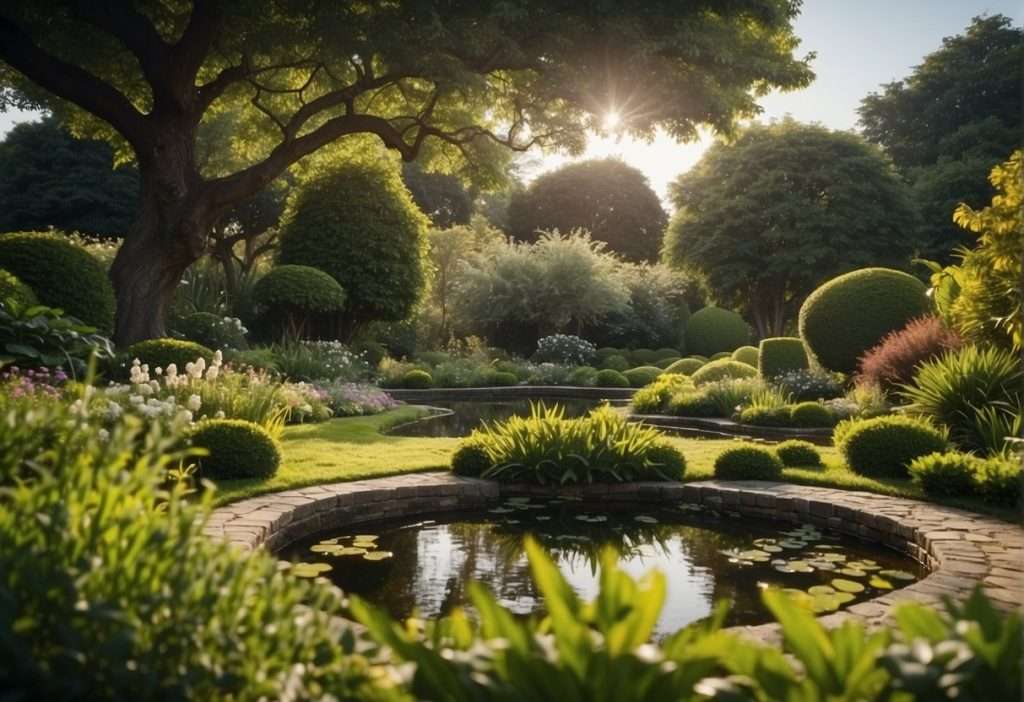
Your landscaping choices have significant impacts on the environment and should align with your aesthetic preferences. These considerations often contribute to the cost but provide substantial benefits.
Environmental Benefits of Landscaping
- Ecosystem Support: Landscaping with native plants promotes biodiversity by providing a habitat for local wildlife. This effort supports ecological balance and can lead to a healthier environment.
- Climate Regulation: Strategically planted trees and shrubs can cool your home in summer and protect it from harsh winds in the winter, reducing your reliance on heating and cooling systems.
- Water Management: Proper landscaping improves soil drainage, reducing runoff and minimizing soil erosion. The use of rain gardens and permeable materials also mitigates water issues.
Aligning Landscaping with Personal Taste
- Aesthetic Enhancement: Your landscape is an extension of your home. Careful selection of plants and design elements can create a visually appealing space that reflects your personal style.
- Health Benefits: An attractive outdoor environment encourages physical activity and relaxation, promoting your mental and physical well-being.
- Effort for Personalization: Tailoring your landscaping to suit your taste requires both time and effort, which can drive up costs as specialized designs and materials may be needed.
Enhancing Property Value
Investing in landscaping can significantly influence your property’s market value. Good landscaping can transform the aesthetics of a home or property, making it more appealing to potential buyers, which often translates to a higher asking price.
Landscaping as an Investment
Your decision to invest in landscaping can yield considerable returns when it comes to selling your property. Data suggests that professional landscaping can offer a return on investment (ROI) of up to 150%, depending on the scale and type of landscaping done. This means that for every dollar you spend on landscaping, you could see a substantial increase in your home’s total value. It’s not just about planting flowers; choosing the right shrubs, trees, and lawn features for your property size and local climate is critical.
Curb Appeal and Home Value
First impressions matter, and the exterior of your home is the first thing potential buyers see. A well-maintained landscape boosts your home’s curb appeal, making it stand out in the real estate market. Aesthetic improvements like symmetrical plantings, a green lawn, and design elements that complement your home’s architecture contribute to home value. Here’s a quick rundown:
| Landscaping Element | Potential Impact on Home Value |
|---|---|
| Mature trees | Can add up to 10% |
| Lawn care | Up to 200% ROI on simple care |
| Flowerbeds | Up to 2% of overall home value |
Quality landscaping tends to increase the perceived property value, suggesting the home has been well cared for, which reassures potential buyers. Remember, investments in your home’s landscape are not just about current enjoyment but also about the financial advantages when it comes time to sell.

